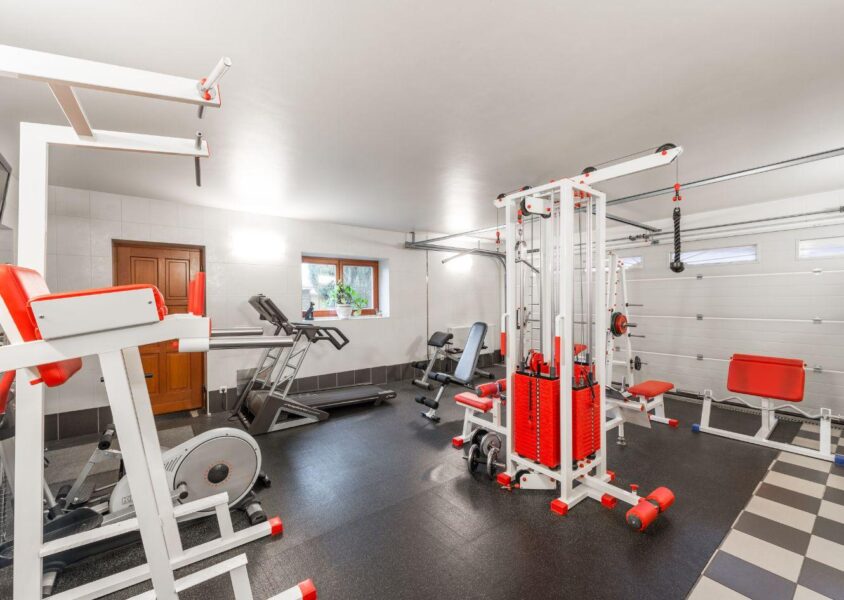What Type of Home Gym to Buy

The best home gym for you will depend on your fitness goals, budget, and available space. Here are a few things to consider when choosing a home gym:
Equipment: Think about the types of exercises you want to do and the equipment you’ll need to do them. Some options to consider include treadmills, stationary bikes, rowing machines, ellipticals, weight machines, and free weights.
Space: Consider the amount of space you have available in your home and choose equipment that will fit comfortably in the designated area.
Budget: Determine how much you’re willing to spend on a home gym and look for equipment that fits within your budget. Keep in mind that higher-priced equipment doesn’t always mean better quality.
Features: Consider the features you want in your home gym equipment, such as built-in programs, digital displays, and adjustable resistance levels.
Safety: Choose equipment that is well-made and safe to use. Look for equipment with sturdy construction, non-slip surfaces, and smooth, quiet operation.
Remember that a home gym doesn’t have to be elaborate or expensive to be effective. A few basic pieces of equipment and some free weights can provide a wide range of workouts. It’s also a good idea to consult with a healthcare professional or a certified fitness instructor to determine an appropriate exercise plan for your individual needs and goals.
Here is a sample home gym routine that you can try:
Warm up: Begin with a 5-10 minute warm-up to get your body ready for exercise. This can include dynamic stretches or light cardio such as jogging in place or jumping jacks.
Strength training: Incorporate strength training exercises using free weights, resistance bands, or bodyweight exercises. Aim for 2-3 sets of 8-12 repetitions of each exercise, with a moderate to high level of intensity. Exercises can include squats, lunges, push-ups, and plank variations.
Cardio: Perform 30-45 minutes of cardio exercise using a piece of home gym equipment such as a treadmill, stationary bike, or elliptical.
Cool down: Finish with a 5-10 minute cool-down to allow your body to gradually return to a resting state. This can include static stretches or light cardio such as walking in place or arm circles.
It is critical that you start slowly and gradually increase the intensity and duration of your workouts as you become more comfortable and fit. It’s also important to listen to your body and stop if you experience any pain or discomfort. It’s a good idea to consult with a doctor before starting any new exercise program.